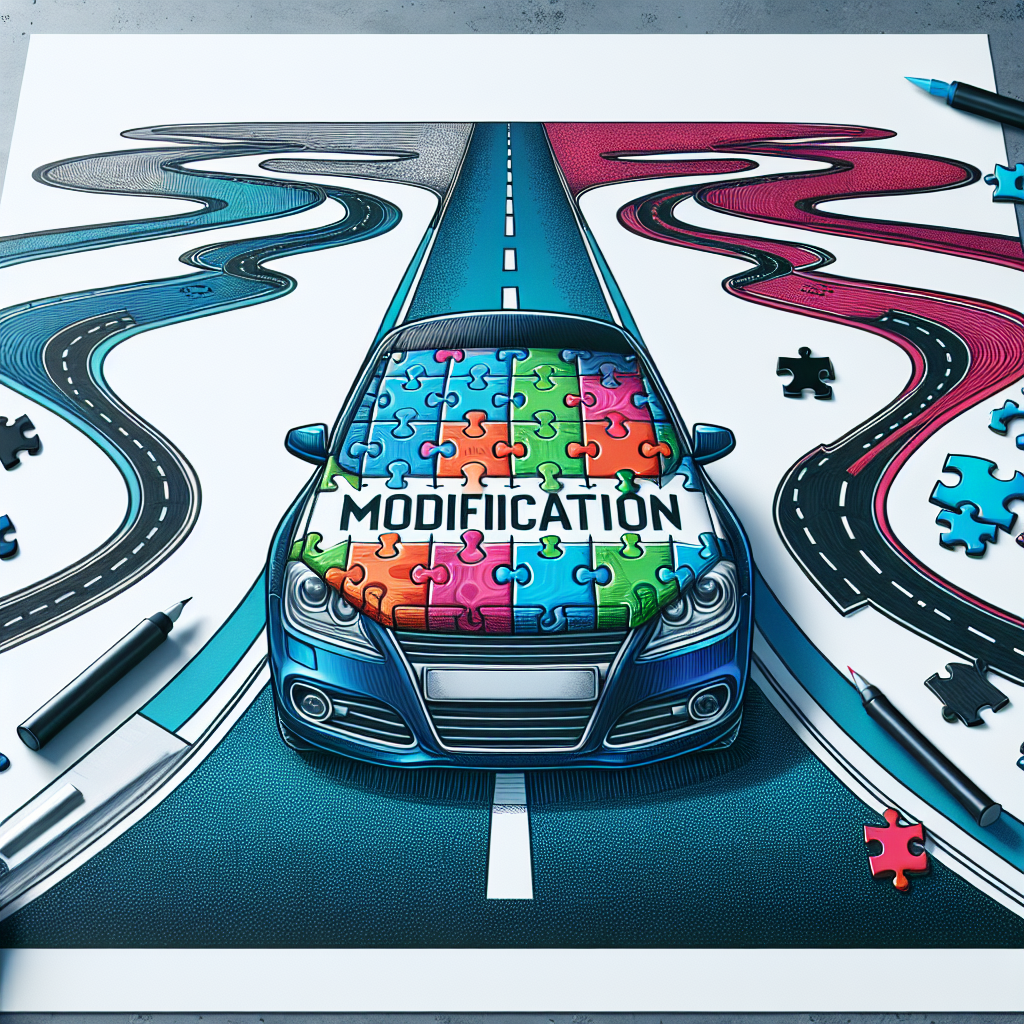Key Insights to Keep in Mind
- If your car payments start slipping beyond what you can handle, reaching out to your lender for a loan tweak might unlock lower payments, trimmed-down interest rates, or shifted due dates that better fit your budget.
- Having a solid proof of hardship—like losing your job, facing a temporary layoff, or a sudden medical crisis—often smoothes the path toward snagging a modification.
- Unlike refinancing, which replaces your loan with a fresh one, car loan modification keeps your original agreement but adjusts its terms to ease your payment burden.
If keeping up with your auto installments feels like climbing a steep hill, reshaping your existing loan could offer some breathing room. Lenders sometimes prefer rewriting terms over chasing after repossession, which eats into their resources. It might just be the lifeline that prevents credit damage or the heartache of losing your ride, getting you back on the financial horse. Bear in mind, however, this method isn’t a mirror image of refinancing and might carry pitfalls making it less suitable depending on your circumstances.
What’s Car Loan Modification Really About?
At its core, a car loan modification is when your lender agrees to alter the original loan conditions so payments become manageable for you. Adjustments might include:
- Lowering your monthly installments
- Dropping the interest rate
- Extending the repayment timeline
Lenders aren’t thrilled about reclaiming vehicles—they’d rather avoid the hassle and losses tied to repossession. Still, you need to make a convincing case that without altered terms, paying off your debt is practically impossible. This often involves submitting paperwork that backs up your financial struggles.
Auto Loan Modification Versus Refinancing: What Sets Them Apart?
These two aren’t synonymous, even if they sometimes blur together in conversation. Refinancing means wiping the slate clean and replacing your current car loan with a new one, potentially grabbing a better rate or payment schedule. Modification, on the other hand, reshapes the existing loan deal without starting over.
Snapshot of Car Loan Modification Pros and Cons
Big financial moves demand weighing the upside against the downside. Here’s a distilled look at what you stand to gain — and what might cost you — when opting for loan modification:
Upsides
- Catch up on overdue payments and dodge losing your wheels.
- Shield your credit report from severe damage.
- Score a potential cut in interest rates, easing monthly strain.
Drawbacks
- The lender might run a hard credit inquiry, which can ding your credit score.
- Stretching out your loan term could inflate the total interest paid over time.
- Prepare for a procedure that might drag on and require patience.
Step-By-Step: How to Navigate Your Car Loan Modification Request
Kicking off the process means touching base with the very lender who handed you the loan. Here’s a no-nonsense breakdown:
1. Pick up the phone ASAP
Tell your lender upfront that making upcoming payments is becoming a tightrope act and falling behind is a real risk. Lay out your story clearly and why your finances are shaky. Ask for more than just a quick fix—seek someone empowered to explore lasting solutions.
It’s smart to highlight your loyalty and payment history if you’ve been a reliable borrower. Express your desire to keep driving the car and make your tone approachable yet earnest.
2. Put pen to paper (or fingers to keyboard)
If the lender offers modification options, expect to formalize your plea in writing. This will likely include:
- A hardship letter detailing your situation
- Supporting evidence like job loss notices, medical bills, or pay stubs
- Any additional forms or statements the lender requires
Be detailed and transparent. Spell out how a modified payment plan would get you back on stable footing and keep payments punctual.
3. Make sure they got your message
After submitting your docs, brace for a waiting period. Keep chipping away at whatever payments you can manage to demonstrate good faith. Remember, during this limbo, there remains a risk of repossession if the lender gets impatient.
Maintain communication with your lender’s team, signalling your commitment to meeting obligations despite the hurdles.
Is a Car Loan Modification the Right Play for You?
When life throws curveballs like job cuts, furloughs, or unexpected health issues, tinkering with your loan terms may be a lifeline worth seizing. Likewise, if your paycheck has recently shrunk or your car’s market value has dipped below what you owe (a situation known as being “underwater”), a modification might help.
Stress about unaffordable car payments grows when refinancing options are slim or unavailable. That’s when initiating a conversation with your lender about tweaking your deal becomes vital.
Don’t hesitate to ask about cutting monthly dues, nudging down interest rates, or shifting the due date to a more convenient slot in your calendar. Tools like online payment calculators can help you visualize how these changes impact your wallet. If a loan modification isn’t feasible, lenders often have alternative relief programs designed to tide you over until finances stabilize.
Car Loan Modification in Numbers
According to industry data, nearly 20% of borrowers seeking loan modifications report job loss as their primary hardship. The average reduction in monthly payments after modification hovers around 15-25%, while the process from application to decision can extend from 30 to 90 days depending on the lender.
